If you are in the market for a sandblast pot, it's essential to understand the various options available and the factors to consider before making your purchase. A sandblast pot, also known as a sandblasting machine or sandblaster, is a vital tool for surface preparation and cleaning in various industries. Here's a complete buying guide to help you make an informed decision:
There are several types of sandblast pots to choose from:
Pressure Pot Sandblasters: These operate using compressed air to force abrasive material through a nozzle at high pressure.
Gravity Feed Sandblasters: These rely on gravity to feed the abrasive material through the nozzle.
Siphon Feed Sandblasters: They use the Venturi effect to create suction, pulling abrasive material from a container to the nozzle.
Portable Sandblast Pots: These are designed for easy mobility and are suitable for smaller projects or on-site work.
Consider the following features when choosing a sandblast pot:
Pressure Rating: Look for a pot with a suitable pressure rating for your intended applications.
Abrasive Capacity: The pot's capacity should match your project requirements to minimize refilling.
Nozzle Size and Type: The nozzle size and type affect the blasting pattern and efficiency.
Material Construction: Choose a durable pot made from materials resistant to abrasion and corrosion.
Pressure Regulator: A pressure regulator allows you to control the blasting pressure.
Deadman Valve: A deadman valve enhances safety by stopping abrasive flow when not in use.
Assess your project needs to determine the right sandblast pot capacity:
Small Projects: For occasional or small-scale projects, a portable sandblast pot with a lower capacity may suffice.
Medium Projects: If you handle moderate-sized projects, consider a mid-range capacity pot.
Large Projects: For industrial-scale tasks, opt for a high-capacity sandblast pot to minimize downtime for refilling.
Safety is paramount when using a sandblast pot:
Personal Protective Equipment (PPE): Ensure operators wear appropriate PPE, including safety goggles, helmets, gloves, and respiratory protection.
Deadman Valve: The deadman valve must function correctly to stop abrasive flow when the operator releases the control handle.
Ventilation: Use the sandblast pot in a well-ventilated area to disperse airborne dust and abrasive particles.
Training: Properly train operators on the safe and efficient use of the sandblast pot.
Consider the following tips to make the best choice:
Define Your Needs: Determine the specific applications and project requirements you need the sandblast pot for.
Quality and Reliability: Invest in a reputable brand known for durable and reliable sandblast pots.
Read Reviews: Look for customer reviews and feedback to gauge the performance and suitability of the sandblast pot.
Compare Prices: Compare prices from different suppliers to find the best value for your budget.
Consult Experts: Seek advice from experts or professionals who have experience with sandblast pots.
Choosing the right sandblast pot requires careful consideration of its type, features, capacity, safety aspects, and your specific project needs. By doing thorough research and assessing your requirements, you can make an informed decision and invest in a sandblast pot that will meet your expectations and deliver excellent results for your surface preparation and cleaning tasks.
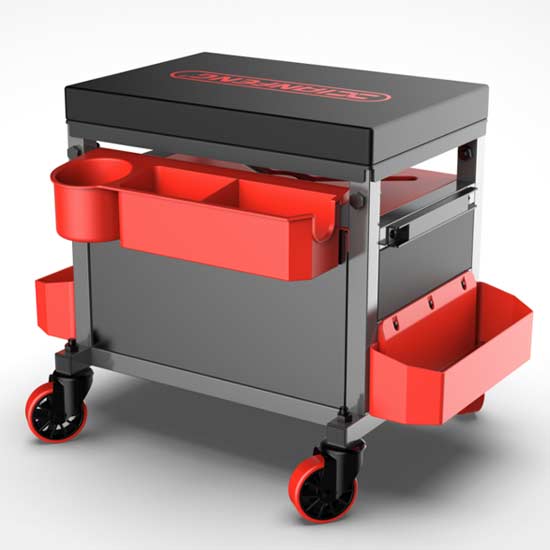 Tool seat
Tool seat
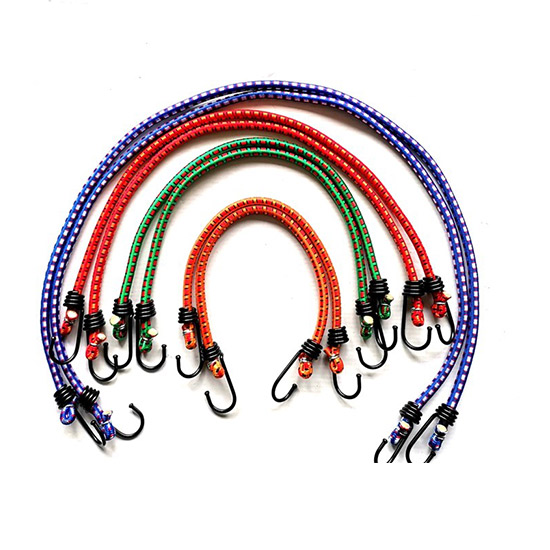 Stretch Cord
Stretch Cord
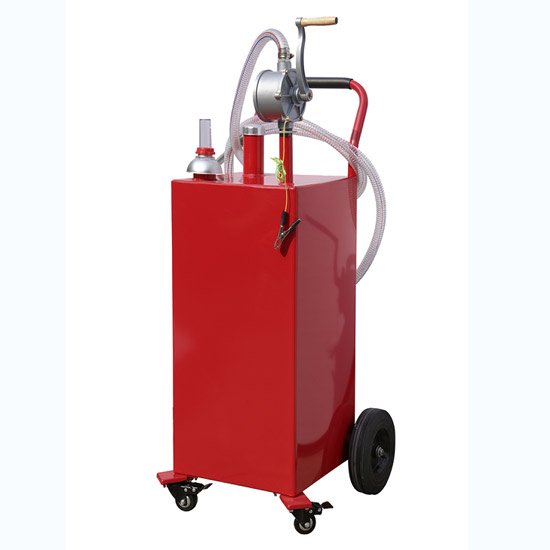 Oil Pump
Oil Pump
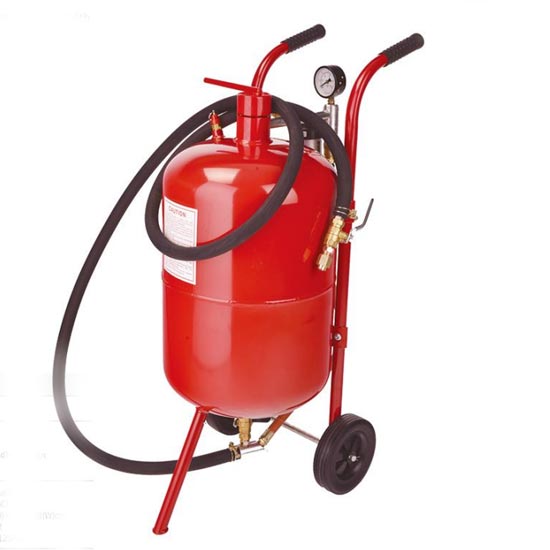 Sandblast Pot
Sandblast Pot
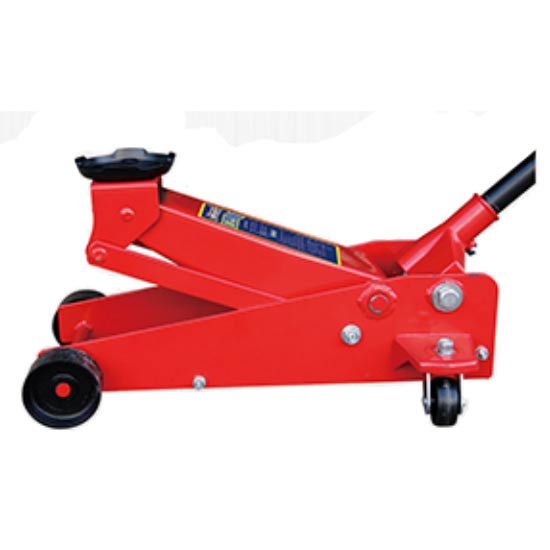 2.25 Ton Hydraulic Floor Jack
2.25 Ton Hydraulic Floor Jack
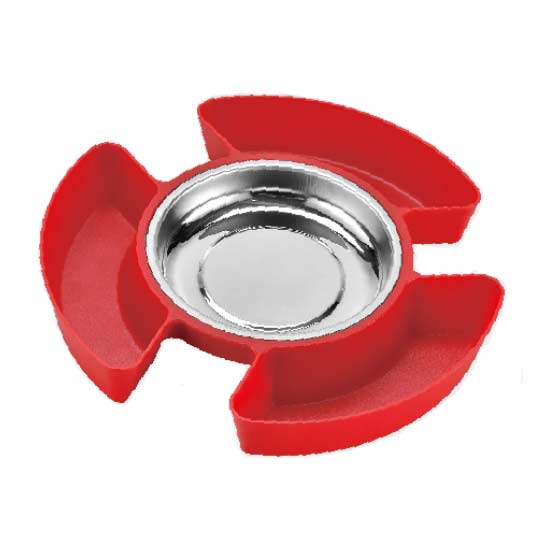 Magnetic Tray With Tool Plate
Magnetic Tray With Tool Plate
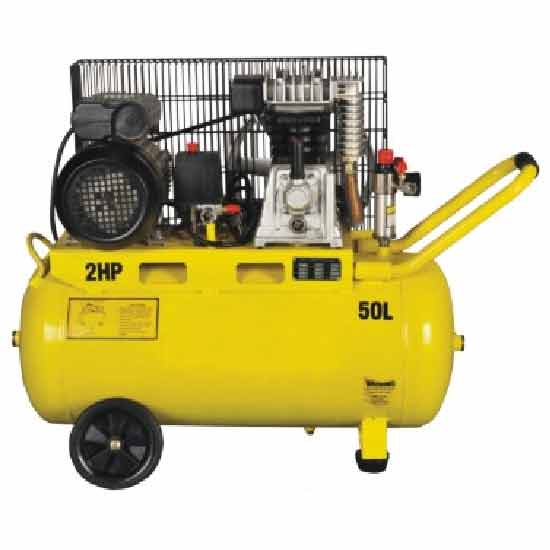 Single-stage Air-cool Movable Air Compressor
Single-stage Air-cool Movable Air Compressor
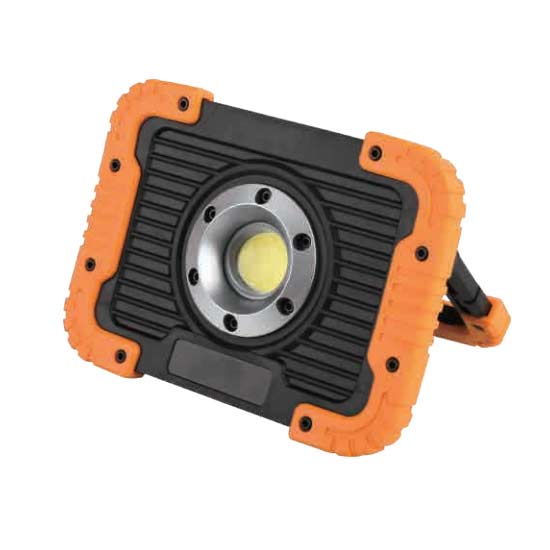 10W Rechargeable Led Flood Light
10W Rechargeable Led Flood Light
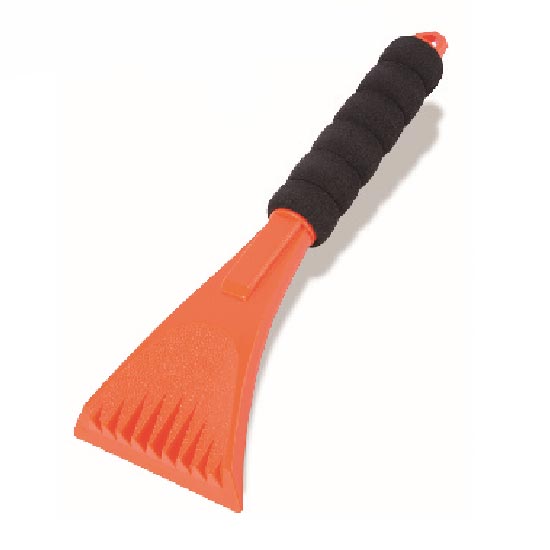 Ice Scraper
Ice Scraper
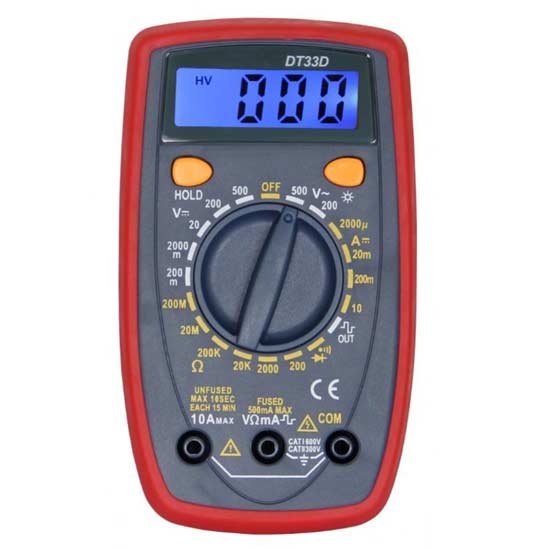 Small Multimeter with Backlight
Small Multimeter with Backlight
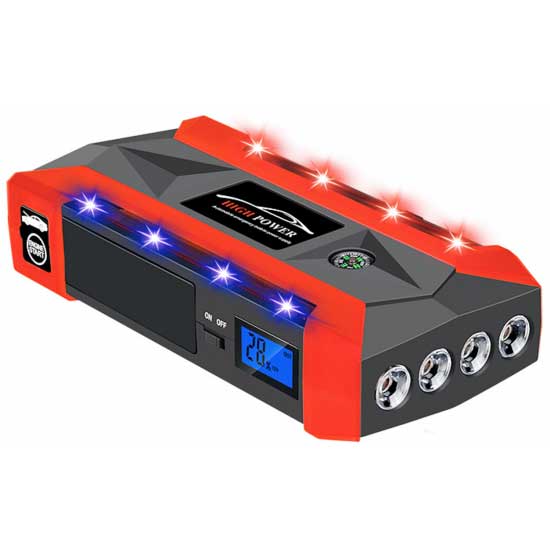 Jump Starter With 4 Led Lights
Jump Starter With 4 Led Lights
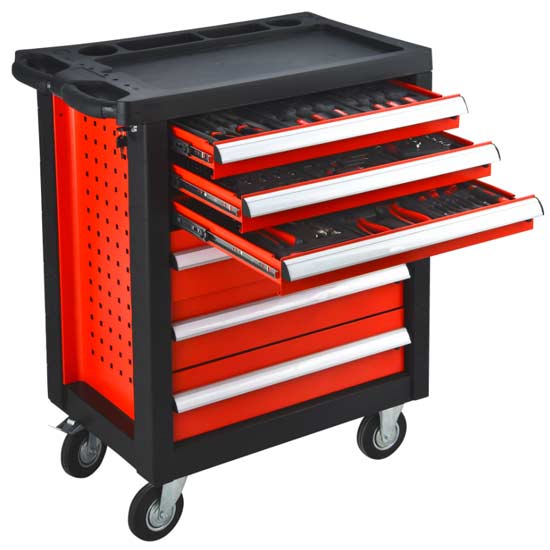 Steel Tool Cabinet
Steel Tool Cabinet
 Large Tool Cabinet
Large Tool Cabinet
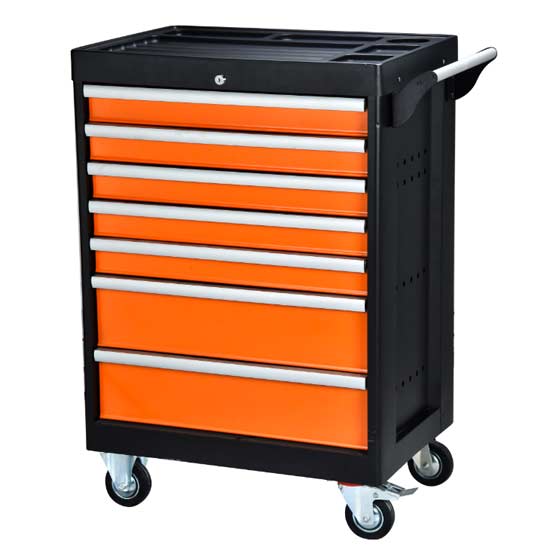 Tool Storage Cabinet
Tool Storage Cabinet
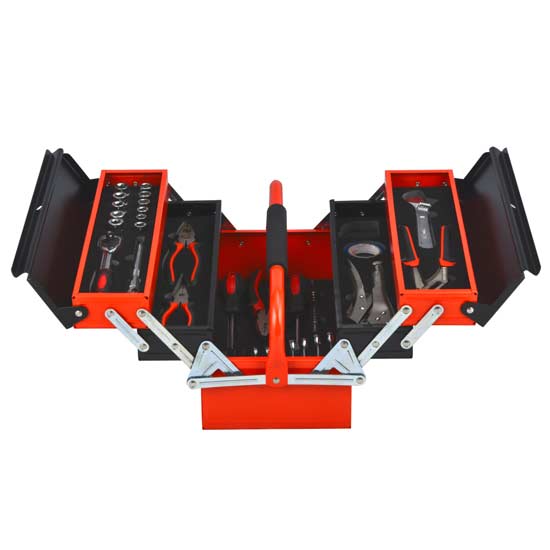 Metal Tool Box
Metal Tool Box
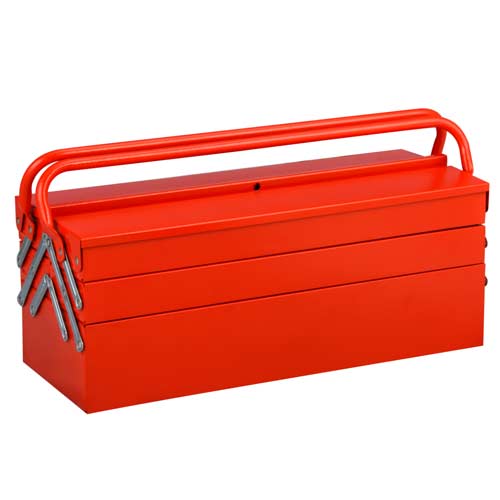 Large Metal Tool Storage Box
Large Metal Tool Storage Box
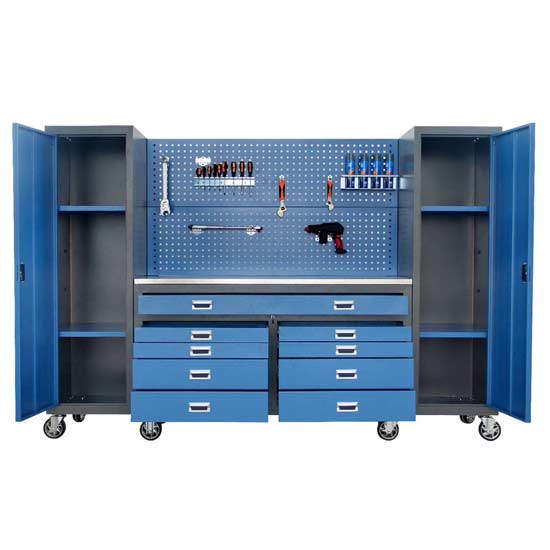 Blue Metal Tool Cabinet
Blue Metal Tool Cabinet
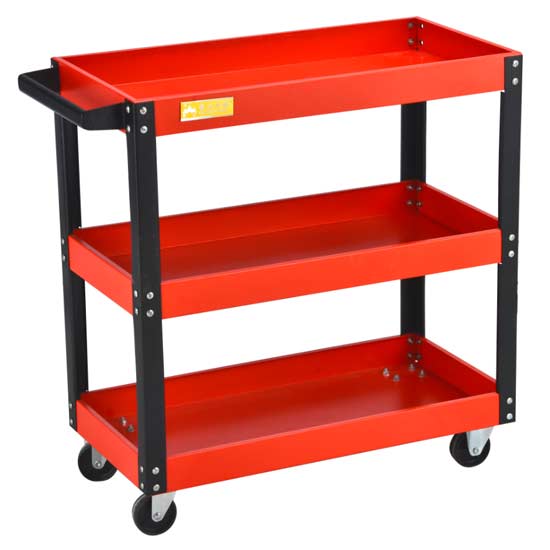 Red Steel Tool Trolley
Red Steel Tool Trolley
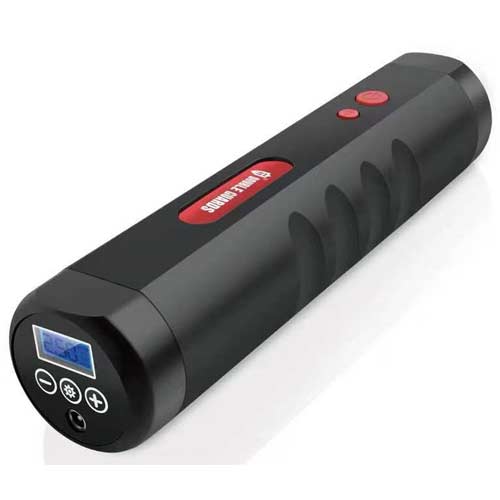 Portable Tire Inflator
Portable Tire Inflator
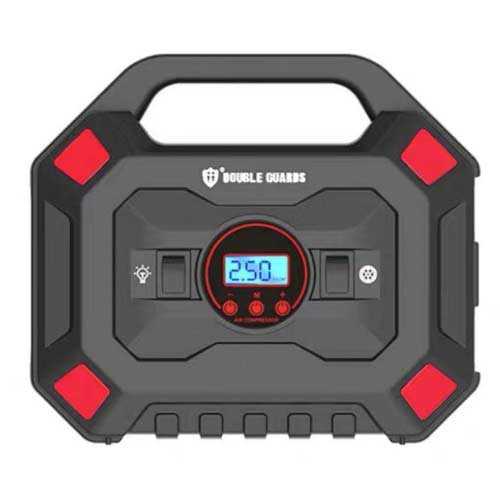 Custom Tire Inflator
Custom Tire Inflator
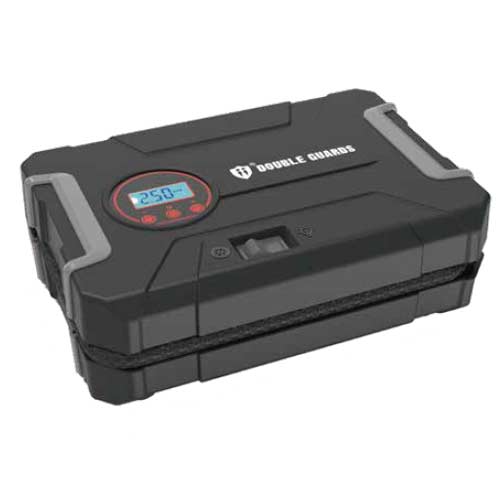 Tire Pressure Pump
Tire Pressure Pump
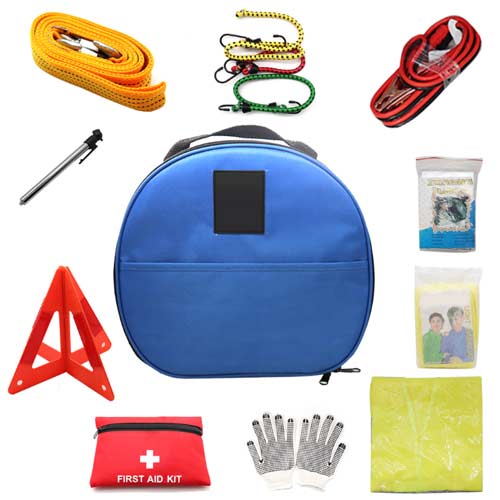 Auto Emergency kit
Auto Emergency kit